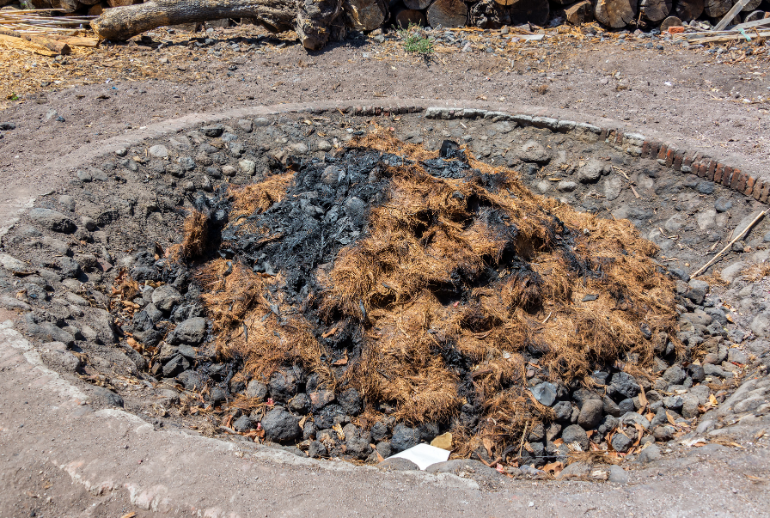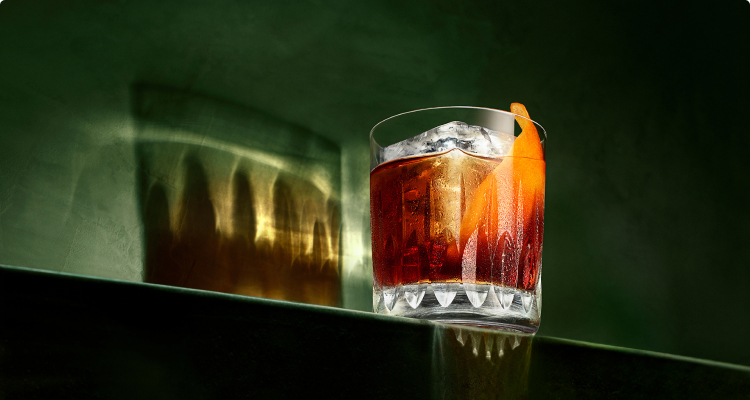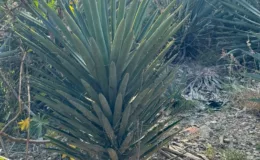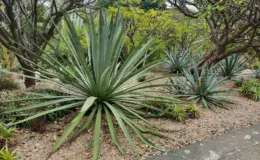Introduction
Calling all mezcal aficionados! Get ready to embark on a journey of discovery into the world of bacanora. This captivating Mexican spirit shares similarities with mezcal but possesses its own unique characteristics that set it apart. In this article, we’ll dive into the fascinating realm of bacanora, exploring its origins, flavors, production methods, and even some popular cocktails to enjoy. So, grab your copita, and let’s explore the vibrant world of bacanora.
What is Bacanora?
A Hidden Mexican Gem: Bacanora is an enchanting spirit originating from the Sonora region, located in northwestern Mexico. Crafted from the agave Pacifica plant (Agave angustifolia Haw), this wild and resilient agave variety gives bacanora its distinct character. For years, bacanora was produced clandestinely due to regulations, only receiving official recognition as a legal spirit in 1992. Since then, it has gained popularity among spirits enthusiasts worldwide.
Bacanora vs. Mezcal:
Let’s touch bacanor’s similarities and differences with mezcal. Both bacanora and mezcal are agave-based spirits deeply rooted in Mexican traditions. However, they differ in terms of geographic origin, agave varieties used, and specific production methods. Bacanora comes exclusively from the Sonora region, while mezcal primarily hails from Oaxaca. These distinctions result in unique flavor profiles and regional identities for each spirit.
When it comes to agave varieties, both bacanora and mezcal showcase the diverse range found in Mexico. In bacanora production, the star of the show is the agave Pacifica (Agave angustifolia Haw). This wild agave species thrives in the Sonoran desert and contributes to the distinct flavors of bacanora.
On the other hand, mezcal utilizes a broader spectrum of agave varieties. From the popular Espadín to lesser-known varieties like Tobalá, Tobaziche, and Madrecuixe, mezcal offers a wide array of flavor profiles. Each agave variety lends unique characteristics to the final product, resulting in a diverse and captivating range of mezcal expressions.
While both bacanora and mezcal share some similarities in their production methods, they also have distinct techniques that contribute to their individual identities.
In bacanora production, the hearts of the agave Pacifica, called piñas, are traditionally roasted in earthen pits or ovens. This process infuses the piñas with smoky flavors, creating a characteristic element in the final spirit. After roasting, the piñas are crushed and the extracted juice is fermented and then distilled in traditional clay or copper stills.
Mezcal production follows a similar path, with some variations. The hearts of various agave species are roasted in underground pits lined with volcanic rocks. This method imparts unique smoky and earthy flavors to the mezcal. The roasted piñas are then crushed, fermented, and distilled in clay or copper stills, preserving the rich flavors and aromas of the agave.

It’s worth noting that both bacanora and mezcal production embrace traditional and artisanal methods. The focus on small-scale production and the careful attention to detail contribute to the distinct character and high-quality spirits that enthusiasts appreciate.
These differences in agave varieties used and production methods contribute to the contrasting flavor profiles and regional identities of bacanora and mezcal. While both spirits capture the essence of Mexican tradition and showcase the versatility of agave, they offer unique experiences that reflect the distinct terroirs and cultural heritage of their respective regions.
Agave Plants used in Bacanora
Now, let’s explore the fascinating world of agave plants used in bacanora production. While the agave Pacifica plant takes center stage, there are other agave varieties found in the Sonora region that contribute to the diversity of bacanora. These include Agave Yaquiana and Agave Angustifolia varieties. Each agave imparts its own nuances to the spirit, creating a tapestry of flavors that reflects the region’s biodiversity.
The Many Flavors of Bacanora
When it comes to taste, bacanora presents a captivating profile that captures the essence of its terroir. It boasts earthy, herbal, and smoky notes, with hints of citrus and agave sweetness. The flavors intertwine harmoniously, creating a layered experience on the palate. The unique combination of the agave Pacifica plant and traditional production methods gives bacanora its distinct and memorable taste.
Differentiating Bacanora from Tequila
While tequila is widely known and loved, bacanora offers a refreshing alternative with its own distinct personality. Bacanora’s geographical origin in Sonora, the exclusive use of agave Pacifica, and specific production techniques differentiate it from tequila. Tequila is crafted from the blue agave (Agave tequilana Weber), and its production is mainly centered in the Jalisco region of Mexico. These differences contribute to the contrasting flavors and character between the two spirits.
Bacanora’s Birthplace and Popularity
Bacanora is produced primarily in the Sonora region of Mexico, encompassing municipalities such as Hermosillo, Sahuaripa, and Alamos. The unique climate, soil, and traditions of this area shape the character of the spirit. Bacanora has gained popularity not only within Mexico but also among spirits enthusiasts around the world. Its authentic craftsmanship, rich history, and distinctive flavor profile have made it a sought-after spirit.
Noteworthy Bacanora Distilleries
Several distilleries have earned recognition for their exceptional bacanora production. One prominent name is Cielo Rojo, known for its adherence to traditional methods and dedication to preserving bacanora’s heritage. Another notable distillery is Los Bicuñeritos, focusing on small-batch production with handcrafted techniques. These distilleries, along with many others, contribute to the diverse and evolving landscape of bacanora production.
Savoring Bacanora in Popular Cocktails
Bacanora’s unique flavor profile makes it an excellent choice for crafting flavorful cocktails. One popular option is the Sonoran Old Fashioned, a delightful twist on the classic Old Fashioned. To create this cocktail, muddle a sugar cube with a few dashes of aromatic bitters. Add a generous measure of bacanora, some ice, and stir until well mixed. Garnish with an orange twist or a Luxardo cherry, and enjoy the smoky and herbal flavors of bacanora in a refined and timeless cocktail.

For those seeking a refreshing and citrusy option, the Bacanora Paloma is a perfect choice. Fill a glass with ice, add a measure of bacanora, freshly squeezed lime juice, and a splash of grapefruit soda. Stir gently and garnish with a slice of grapefruit or a sprig of rosemary. This vibrant cocktail captures the essence of Sonora, offering a zesty and invigorating drinking experience.
Conclusion
In conclusion, bacanora is a hidden gem within the world of Mexican spirits, with its unique flavors, rich history, and distinct production methods. Contrasting it with mezcal reveals the diverse tapestry of flavors and regional identities that Mexican spirits have to offer. Bacanora’s roots in Sonora, the exclusive use of agave Pacifica, and its production methods set it apart from other spirits like tequila.





